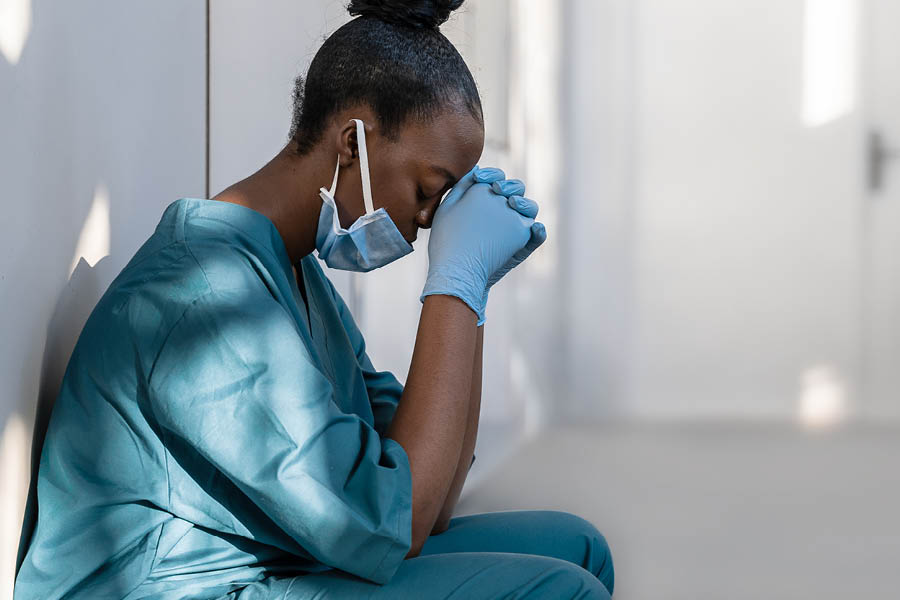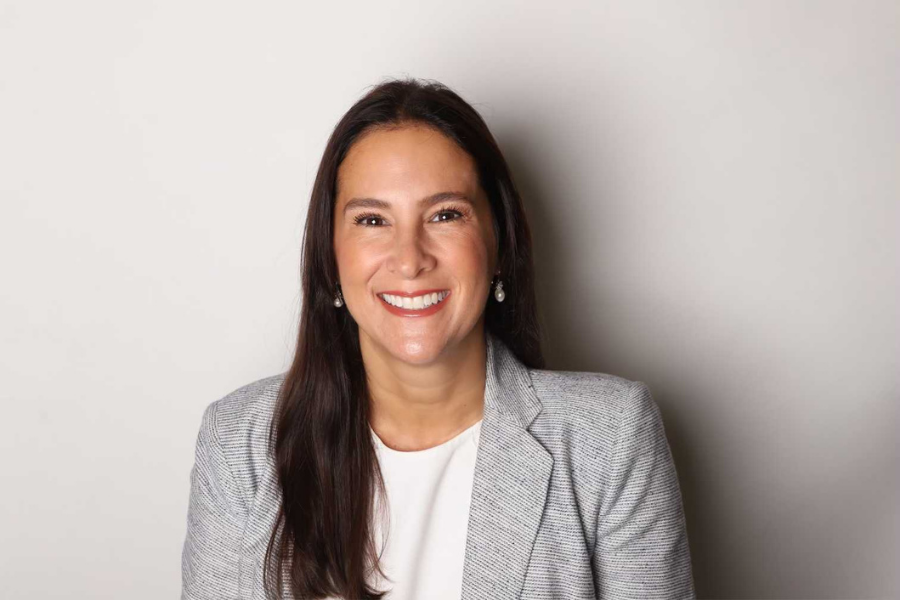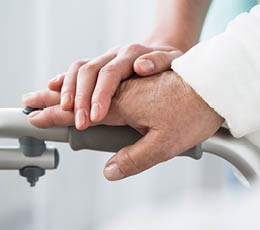
Healthcare staffing shortages are on the rise. As more care moves to the home, can technology help close the gap?

Testing the Care-at-Home Waters
With the aging U.S. population and the pandemic-fueled focus on remote services, more healthcare is now offered at home. An increasing number of providers and health plans are testing the waters with select services or expanding existing care-at-home capabilities.
While this transition unfolds, there is an intensifying shortage of clinical and operational staff to support care that is, or could be, delivered beyond the hospital campus. Most organizations simply do not have the workforce to adequately manage a remote patient population.
The situation has reached the point where the American Hospital Association has called it a national emergency and is pressing Congress to help address workforce challenges. Healthcare team members are already stretched thin, and burnout is a concern.
In these difficult circumstances, providers and health plans need to find ways to support their teams without making them feel overextended, and they need to make team members feel that their work is impactful, meaningful, and helpful for patients.
Increasingly, health organizations are turning to technology to solve some of the complex challenges related to moving care from traditional acute settings and into homes and communities. For many, the investment in key tools and technologies can increase efficiencies and improve capacity of current staff.
Technology Connects Care Settings
Technology is the key to extending the reach into the home while remaining connected to home-based partners and vendors across care settings.
The goal is to use technology to focus on the right patient signals at the right time, and not get distracted by unnecessary data points that don’t require action. Managing by exception, triggers from predictive modeling, and patient feedback all help to determine in real time who may need intervention and ensures no one falls through the cracks.
We need more ways to engage and activate the patient. And we need more real-time patient feedback, not just at critical times but all along the care journey.
To do this successfully requires a combination of objective clinical data, typically from some form of remote monitoring technology or devices, along with subjective insights and feedback from patients and caregivers. Is there a loss of appetite? How has the patient been sleeping? Is there a change in mobility?
Physical metrics from devices like blood pressure cuffs, glucometers, and pulse oximeters are important, but no device will give you a reading on isolation or depression.
Data Drives Proactive Care
Connecting disparate points of care and service providers and aligning them with the same goals – all while keeping the patient at the center – can positively influence outcomes and keep more patients safe and well cared for in their homes.
To prevent miscommunication or missed patient information, and to gain visibility into communications, provider organizations and health plans should consider a centralized platform that enables endpoint vendors and clinicians to connect and communicate, and which supplies visibility into those communications.

We’re still in the early stages of care-at-home, and technology will continue to be central in improving care delivery and outcomes. Going forward, we need more ways to engage and activate the patient. And we need more real-time patient feedback, not just at critical times but all along the care journey.
All too often, we don’t talk to patients until they’re having a problem. Frequent check-ins, ongoing monitoring, and the opportunity to intervene quickly when needs change will provide a more complete patient picture and help people stay at home safely.
Prior to joining Dina, Maryann Lauletta, MD, FACHE, served as medical director for Inspira Health’s Medicare PACE/LIFE program, a full risk-bearing model, providing all-inclusive care for the elderly, and as ACO physician champion for the Inspira Network. Previously, she was vice president of medical operations at Jefferson Health’s three New Jersey hospitals. This article first appeared in MedCity News.





